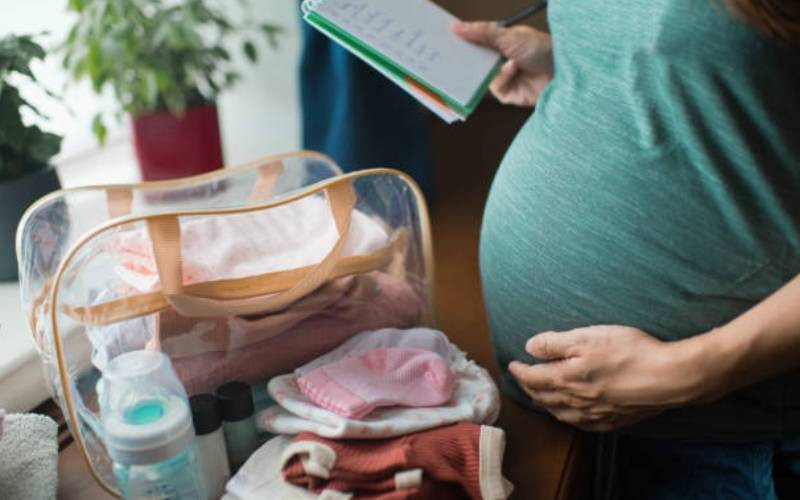
Eighty-five per cent of women who have a vaginal birth will experience some perineal trauma.
The most common reasons are from haemorrhoids and/or stitches for perineal repair of either a vaginal/perineal tear or repair of an episiotomy (a surgical incision of the perineum to allow delivery).
Healing times vary in women.
The deeper the tear or cut, the longer it may take to heal. Michelle advises to maintain a good level of hygiene, change sanitary towels every time you use the bathroom.
It may also help to pour water over your stitches at the same time as passing water to dilute your urine and reduce any stinging.
How labour feels really does depend
The position of the baby can affect where and how women experience or feel their labour.
The start of labour can feel like period pains. For some women it can feel like a heavy dragging sensation deep in their pelvis and legs.
If the baby is facing the woman’s back then labour is often felt at the front – across the abdomen. Some can feel it like a surge.
Contractions can be felt at the top of the uterus before women can 'feel' it.
If the baby is facing to the front with its back to the woman’s spine (known as occipito posterior) then labour can be felt mostly as back ache.
 The Standard Group Plc is a multi-media organization with investments in media platforms spanning newspaper print
operations, television, radio broadcasting, digital and online services. The Standard Group is recognized as a
leading multi-media house in Kenya with a key influence in matters of national and international interest.
The Standard Group Plc is a multi-media organization with investments in media platforms spanning newspaper print
operations, television, radio broadcasting, digital and online services. The Standard Group is recognized as a
leading multi-media house in Kenya with a key influence in matters of national and international interest.






